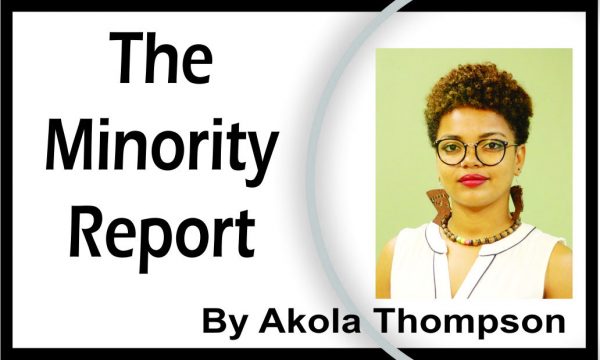Stabroek News: By Akola Thompson –
 Over the decades, several international charities and aid organizations have made a home in Guyana.
Over the decades, several international charities and aid organizations have made a home in Guyana.
A lot of them do really great work that seeks to build local capacity and empower locals to be the heroes in their own stories. To those that are conscious of how their unequal power can be utilized to develop communities sustainably, well done.
However, these are in the minority and many unfortunately tend to act from a place of paternalism. They believe that they are the ones best suited to “fix” the problems of the third world because if locals could’ve done it themselves, there would be no need for them, right?
The reality is that the aid/development industry is worth billions of dollars. Put simply, the poverty, the infrastructure or lack thereof and unhygienic conditions often found across the region helps to oil the PR machines of International Non-Governmental Organizations (INGOs) looking to save the natives, whilst simultaneously profiting off them. There is a certain performative allyship that has been perfected by many INGOs and there needs to be more honesty in the ways that they engage. Whenever criticisms of their structures and its harm comes up, there is often a knee jerk reaction to shift blame and/or abandon their efforts altogether. If the goal is not to serve and contribute towards healthy and sustainable development for the countries you have staged a presence in, what then is the point?
Capital drives all and it is not surprising the way in which international countries continue to commoditize and profit off of Black and Brown suffering. After all, this commoditization was the genesis of modern day society, as we know it. The images and stories many of these INGOs take back help to perpetuate long-set images of who needs help and who are the ones doing the helping.
Many persons within the Global North often dream of travelling to countries in Africa, South America and Asia. They want to contribute their efforts towards ending poverty and violence but inexperience and enthusiasm are amongst the only credentials of many that come to these shores. They rarely ever examine the amount of harm that they can do to local communities. Even more rarely too do they examine the ways in which their own countries are extremely impoverished and oppressive to its minoritized populations.
Many travel to these countries to build schools, raise funds, design projects and go back to their countries blissfully unaware of how little they did to change lives that were not their own. Too often, it is not about contributing towards justice or empowerment, but rather about compiling emotional experiences that validate their privileges. This is why so many swoop in, neglect to listen to the voices of local leaders and then return to their homes to host sessions about how much of an enlightening and life changing experience it was to see how some people live. Truly makes them appreciative for the lives they lead. It is not that people cannot do good in countries that are not their own. We do however have to critique the contextual nature of these intentions and the unhelpful and dangerous results they can often produce.

Comments
As expressed by Ms. Thompson, I have my fair doubts whether the “charity industry” is of benefit to low-income countries or more of a problem. One thing I was told by Swiss diplomats, who had served in Africa, was that the activities of foreign charities and developmental aid has led to a situation, where the local governments have essentially outsourced their responsibility to care for the poor, disadvantaged, and orphans to Western charities. This cannot be the solution. Living in Switzerland and Germany, I get to see the other side of charities. My mail box gets swamped with donation requests, typically with a pictures of black kids or other children of color. This practice going back probably more than hundred years just cements the views of Europeans, Americans and Australians that Africans generally poor and incapable of taking care of themselves.In my opinion, this practice is bad as it perpetuates “unintentionally” prejudice and Western superiority. Do we see them soliciting donations with pictures of poor white kids, which we know exist in rich countries, like the UK?